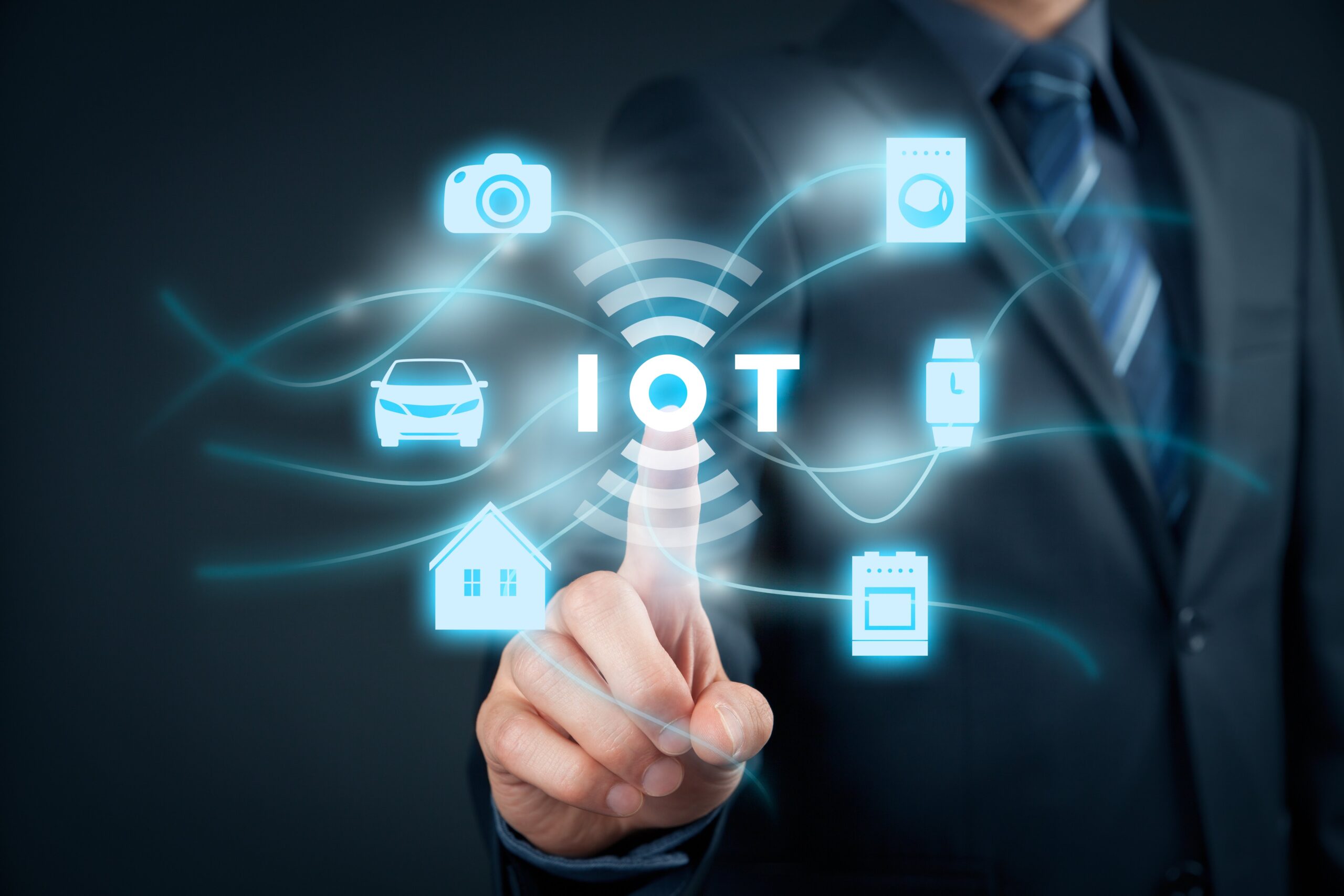5 common supermarket tricks in different countries that may seem like something outrageous to us
Author: Даниил Филиппов / 01.09.2024

The Internet of Things (IoT) is transforming our living spaces and cities into smarter and more efficient environments. By integrating connected devices into the daily fabric of our lives and the infrastructure of our communities, IoT technology is revolutionizing home automation and urban planning.
Smart Homes: The Comfort of Connectivity
In the realm of home automation, IoT devices like smart thermostats, connected refrigerators, and intelligent lighting systems are changing how we interact with our homes. These devices can learn our preferences, anticipate our needs, and adjust the home environment accordingly, enhancing comfort and convenience. For instance, a smart thermostat can adjust the temperature based on your daily schedule and weather conditions, ensuring optimal comfort while maximizing energy efficiency.
Enhanced Security and Safety
IoT technology also enhances home security and safety. Smart locks can notify homeowners when they are unlocked, and connected cameras offer real-time video feeds to smartphones, no matter where the owner is. In addition to security, smoke and carbon monoxide detectors can now automatically alert homeowners and emergency services when they detect dangers, providing an extra layer of safety.
Efficiency and Energy Management
On a larger scale, IoT applications in energy management are helping reduce waste and improve efficiency. Smart grids utilize IoT sensors to optimize the delivery and use of electricity, dynamically adjusting based on real-time demand patterns. This not only helps utility companies manage resources better but also allows consumers to be more energy conscious and reduce their carbon footprint.
Urban Planning and Public Infrastructure
In urban planning, IoT technology is equally transformative. Cities equipped with IoT sensors can monitor everything from traffic patterns to air quality. This data can inform everything from traffic light timings to dynamic public transit schedules, improving traffic flow and reducing congestion. Furthermore, smart public lighting can adapt to conditions, brightening when pedestrians are near and dimming when no one is around, saving energy and reducing costs.
Challenges and Considerations
Despite these advancements, IoT in urban planning and home automation faces challenges, particularly in the areas of privacy and security. The increase in connected devices creates more points of potential vulnerability, making robust cybersecurity measures crucial. Additionally, managing the vast amounts of data these devices generate and ensuring it is used ethically and responsibly remains a significant concern.
Looking Forward: The Future of IoT
As technology progresses, the potential of IoT to further enhance our homes and cities is vast. With advancements in AI and machine learning, IoT devices will become even smarter, learning from vast datasets to make more nuanced decisions. In urban areas, IoT could lead to fully integrated smart cities, where all public services are interconnected and highly optimized.
Conclusion
The Internet of Things holds the promise of making our homes more comfortable and our cities more livable. As we continue to integrate IoT technology into our daily lives and urban environments, we move closer to a world where our spaces not only understand but anticipate our needs, making life smoother and more efficient.
This is probably one of the best blogs I've read.
2007 Designed and built with all the love in the world!
Hi all! I'm just in love with this blog. It is felt that the author sincerely wants to help readers, because he explains everything in an understandable language. I especially liked the post about effective teaching methods, so useful!
Константин Шапошников
Published, 21.08.2024